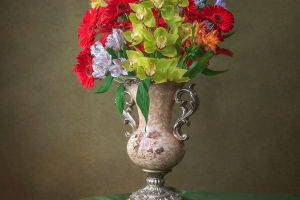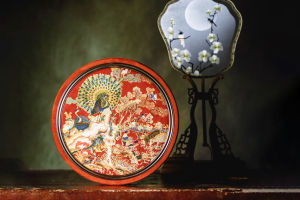The allure of cityscapes under the cloak of darkness is undeniable.
The shimmering lights, the dynamic architecture, and the bustling energy make for captivating photographic subjects.
However, capturing the essence of a sparkling city nightscape requires more than just pointing and shooting. It demands a keen eye, technical proficiency, and creative finesse. In this guide, we will explore the techniques and tips to help you elevate your night photography game and immortalize the urban beauty after sunset.
1. Gear Preparation
Before venturing into the night, ensure your gear is ready to handle the low-light conditions. A sturdy tripod is indispensable for stabilizing your camera and preventing shaky shots. Additionally, equip yourself with a camera capable of manual settings, preferably a DSLR or mirrorless camera, allowing you greater control over exposure settings.
2. Mastering Exposure
Understanding exposure is paramount in night photography. Start by selecting a low ISO setting (typically between 100-400) to minimize digital noise. Next, experiment with long exposure times to capture the ambient light effectively. Begin with exposures ranging from 5 to 30 seconds, adjusting as necessary to achieve the desired brightness without overexposure.
3. Finding the Perfect Composition
Composition plays a crucial role in creating compelling nightscapes. Look for vantage points that offer a sweeping view of the city skyline or interesting foreground elements to add depth to your images. Experiment with different angles and perspectives to discover unique compositions that showcase the urban landscape in all its glory.
4. Utilizing Manual Focus
Autofocus can struggle in low-light conditions, making manual focus your best friend when shooting at night. Use the live view mode on your camera to accurately focus on distant landmarks or architectural details. Alternatively, utilize the hyperfocal distance technique to ensure maximum sharpness throughout the frame.
5. Harnessing Light Trails
One of the most captivating elements of city nightscapes is the streaking light trails left by moving vehicles. To capture these dynamic streaks, set your camera to a long exposure and position yourself near busy roads or intersections. Experiment with different shutter speeds to control the length and intensity of the light trails, adding visual interest to your photographs.
6. Embracing Reflections
Water bodies such as rivers, lakes, or fountains can serve as captivating reflective surfaces in urban landscapes. Incorporate these reflective elements into your compositions to add depth and visual intrigue. Experiment with long exposures to capture smooth, mirror-like reflections of city lights dancing on the water's surface.
7. Post-Processing Magic
Post-processing is the final step in bringing your city nightscapes to life. Use editing software like Adobe Lightroom or Photoshop to fine-tune exposure, contrast, and color balance. Pay attention to details such as noise reduction and sharpening to ensure your images maintain their clarity and vibrancy.
8. Safety First
While chasing the perfect shot, it's essential to prioritize your safety. Be mindful of your surroundings, especially when shooting in urban areas at night. Stay aware of traffic, pedestrians, and potential hazards to avoid accidents or dangerous situations.
9. Practice Patience and Persistence
Capturing stunning city nightscapes is as much about patience and perseverance as it is about technical skill. Don't be discouraged by initial setbacks or imperfect shots. Use each outing as an opportunity to learn and refine your techniques, and with time, you'll master the art of capturing the magic of the urban night.
Photographing sparkling city nightscapes is a rewarding endeavor that offers endless opportunities for creativity and expression. By mastering exposure, composition, and post-processing techniques, you can unlock the full potential of nocturnal urban landscapes and create images that truly shine.


